Graphic Design Degree Online
Associate Degree in Graphic Design
Priority Deadline: February 24
Program Overview
The Sessions College Associate of Occupational Studies in Graphic Design program offers an intensive two-year degree for students seeking to enter careers as graphic designers with a focus on print design. Designed for high school graduates and adult learners, the program offers a powerful foundation in graphic design and a working knowledge of contemporary design practices and media.
Foundation studies develop proficiency in the traditional elements of art and design. Software and coding classes build skills in contemporary design tools and technologies for digital imaging, illustration, layout, and Web publishing. Second year classes help students develop a professional design process as they explore a range of media including advanced graphic design and layout projects, print production, and branding and marketing concepts.
Priority Deadline. Apply by February 24 to join our classes starting
April 28
Live Event:
Open House
Wednesday, Feb 12th, 4pm PT/7pm ET
Register Now!
 Program Length: 2 years or less
Program Length: 2 years or less Tuition: $300 per credit
Tuition: $300 per credit Priority Deadline:
February 24
Priority Deadline:
February 24
 Next Start:
April 28
Next Start:
April 28
“In the design program at Sessions College, you will hone your visual vocabulary and help develop a fluency that will help you become an articulate designer. You will build a foundation in the creative and technical skills used by professionals.”
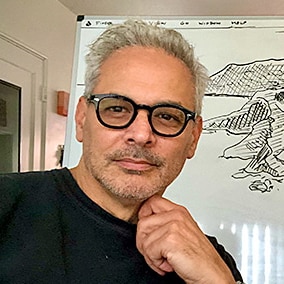
Andrew Shalat
Department Head of Graphic Design, Photoshop Instructor
Program Curriculum
The Associate Degree in Graphic Design is a 72-credit online program completed in six semesters. Credit transfer and part-time schedules available.
First Semester

DES 121 Photoshop I - 3 Credits
Adobe Photoshop is the premiere image manipulation tool for print design, Web design, and photography. You can learn to tame this creative powerhouse of a program in this online Photoshop course. Working with a design pro, you’ll learn the best techniques for common Photoshop jobs including selecting and isolating objects, creating image composites, masking and vignetting images, setting typography, and improving images with retouching and effects. Photoshop I course syllabus
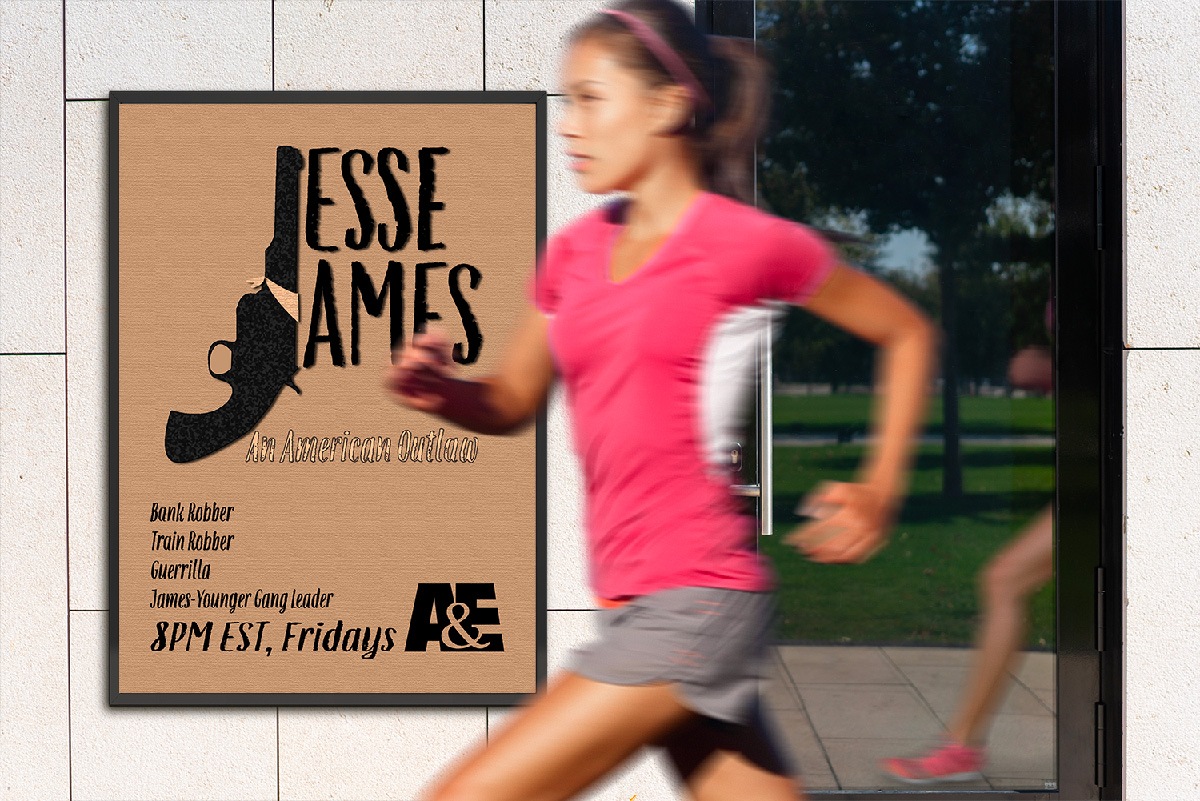
DES 106: Design Foundations - 3 Credits
Color is a fundamental medium for any artist or designer. Typography is what sets designers apart from other artists. Composition, literally the assembly or construction of elements, is the artful arrangement that guides the viewer's eye through an image. In this course, you will analyze everything from Grand Masters to Madison Avenue ads to tubes of toothpaste, and discover how color, type, and composition are combined to create effective and powerful visual communications. Class projects challenge you to build and apply your design skills in application to real-life creative scenarios. Design Foundations course syllabus
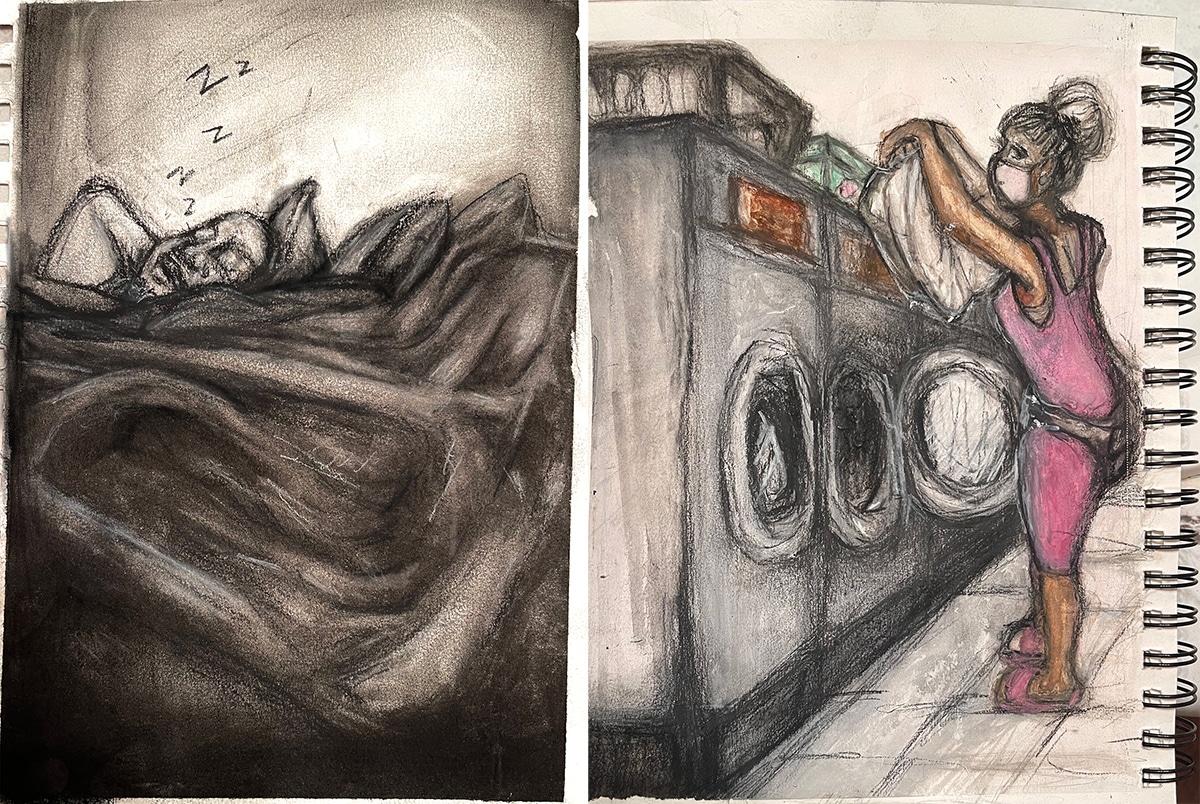
DES 111: Drawing I - 3 Credits
Many people are afraid to draw, but the truth is that drawing is not as hard as it seems. If you can relax, get your mind around the task, and begin to understand what you see, you can draw. In this online drawing course, you'll learn how to analyze what you see in the world around you and communicate it on paper. Guided by a professional artist, you will explore the critical concepts of line, mass, form, perspective, value, and composition, building a solid foundation for all your art and design work. Drawing I course syllabus

GEN 104: English Composition - 3 Credits
Writing is an essential skill in almost any professional career you can name. In this online english composition course, students learn to become better readers and writers. Your goal is to produce clearer, more active sentences, better structured paragraphs, and more coherent and interesting personal and analytical essays. Throughout the semester, class discussions will use the critique of images and videos on art as a stimulus for writing. Students will develop two polished essays that will be presented for peer critique. English Composition course syllabus
Second Semester
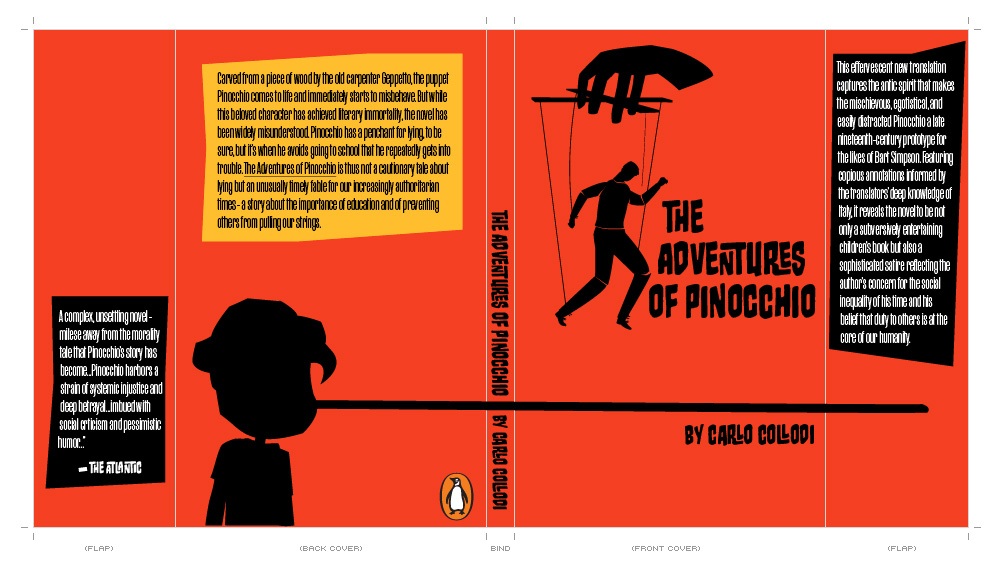
DES 204: The Study of Graphic Design - 1.5 Credits
Professional designers make choices informed by the present and the past. In this online design history course, you'll explore design movements from the early 20th century through today and gain experience in research, idea-building, and production of creative concepts. Working with an experienced art director, you'll learn how to use historical knowledge and cultural awareness as a springboard for your contemporary design projects. The Study of Graphic Design course syllabus
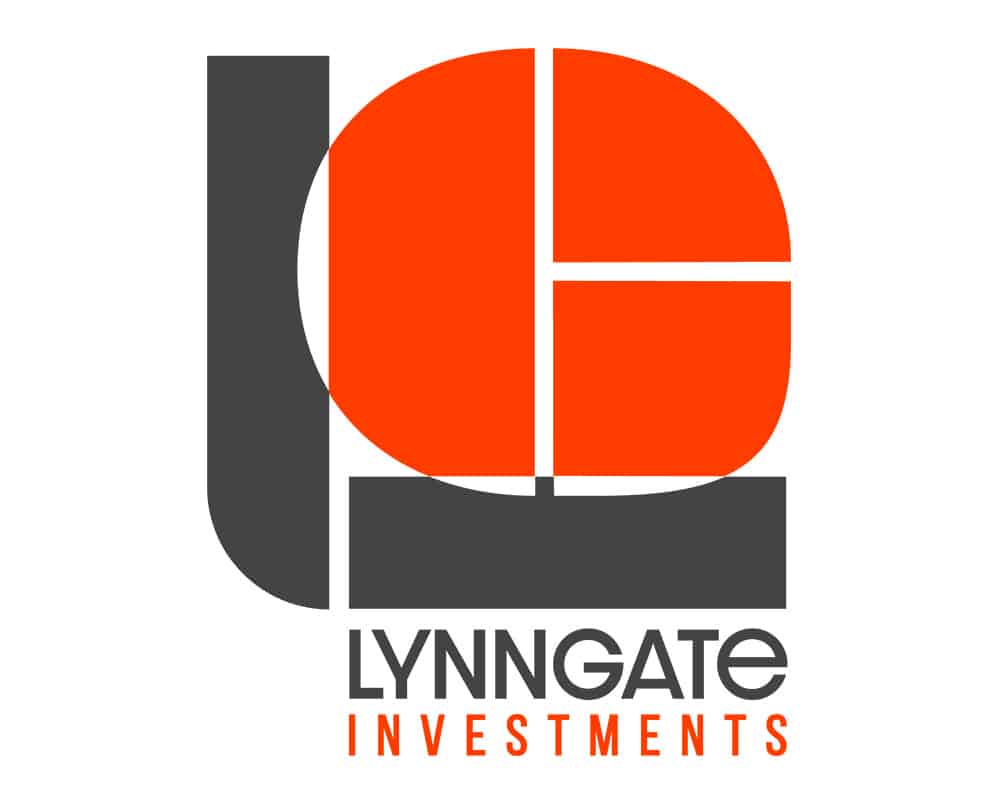
DES 131: Logo Design I - 1.5 Credits
Logos are the front line—the identity of a company. They are ubiquitous, and they are vital. In this introductory online logo design course, you'll learn how to design logos that will strengthen the visual image of your own or your client's company. Working with a design pro, you'll explore the development of logos through a series of case studies. Each exercise combines a written, conceptual component with hands-on projects for creating an effective logo. Logo Design I course syllabus
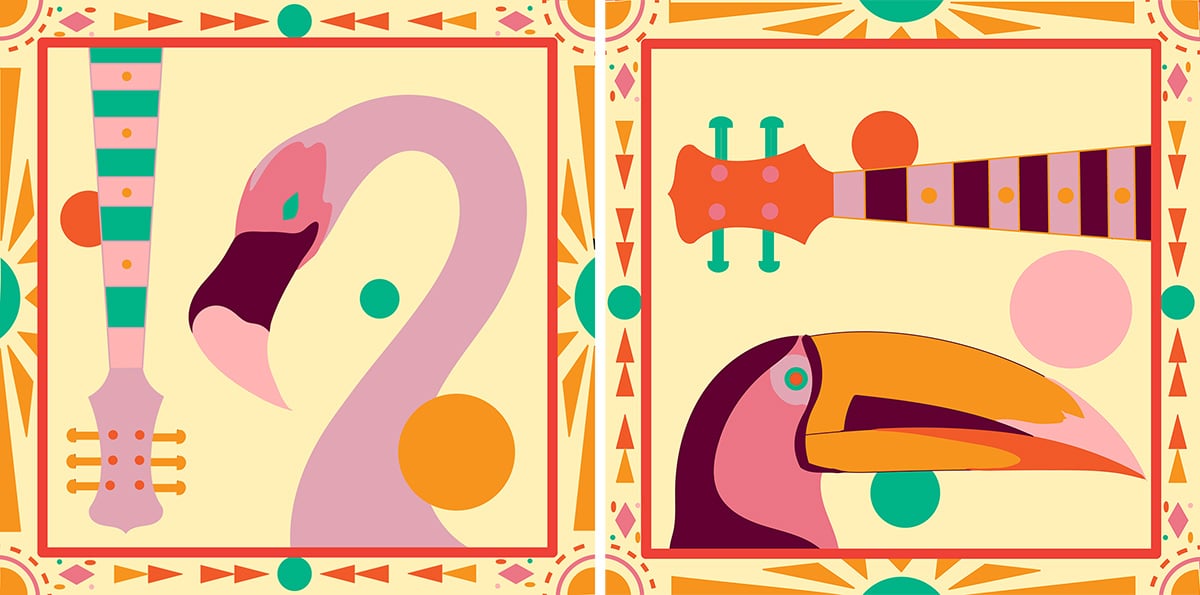
DES 141: Illustrator I - 3 Credits
Adobe Illustrator is a powerful and versatile tool for creating illustrations, logos, and graphics for print and the web. You can learn to produce detailed and scalable art in this online Illustrator course. Working with an expert instructor, you'll build a strong foundation, exploring shape tools, drawing tools, layers, the Pen tool (a lesson unto itself) as well as transformations/distortions, type tools, and modifying paths and shapes. Hands-on illustration projects include creating a robot, a series of album covers, a marketing postcard, an advertisement vehicle wrap, and a company logo. Illustrator I course syllabus

DES 151: Digital Photography I - 3 Credits
In this course, you'll build a foundation in fundamental photography techniques. You will gain control over your camera's manual settings, learning how to balance the elements in the Exposure Triangle (ISO, Shutter Speed, and Aperture/F-Stop. You will discover how to set White Balance appropriately, create depth of field, and capture motion. We will explore composition concepts to help you make your photographs more interesting and effective and equip you for the types of adjustments photographers make to adjust to different lighting conditions. To give you experience in some important genres, you will gain practical experience in shooting different kinds of portrait photographs and sports/motion photographs. Digital Photography I course syllabus
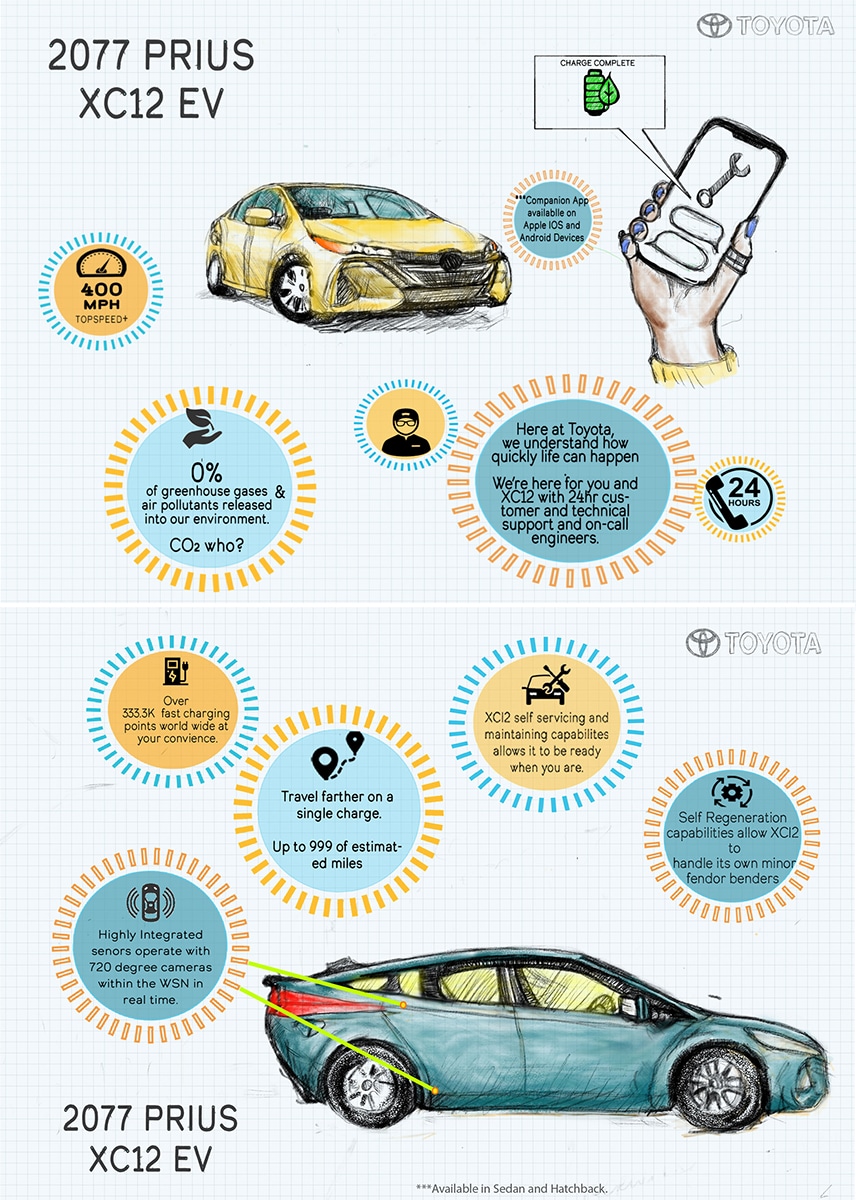
GEN 105: Computer Technology - 3 Credits
To succeed in today's digital workplace, it's imperative to understand how computers work. In this online computer technology course, you'll gain a foundation in modern computer systems. The course provides a foundation in the computer concepts that every working professional should know. Lectures explore the history and technical evolution of computing, with a focus on the development of hardware, software, and the Internet have developed. Course assignments challenge students to master concepts and relate their studies to relevant professional scenarios, including data representation, programming, and social issues in computing. Computer Technology course syllabus
Third Semester

DES 201: InDesign I - 3 Credits
Layout designers today need the skills to move seamlessly between print and digital projects. Luckily, Adobe InDesign can handle it all. In this online InDesign course, you’ll explore a host of essential InDesign techniques and focus on developing efficient workflows. The course will impart a working knowledge of InDesign's main capabilities, everything from basic features to using parent pages, importing and manipulating objects, controlling text flow and style, and organizing content with tables, layers, links, and conveyor tools. Projects give you training in a range of real world print/digital publishing projects, from brochures to catalogs, magazines to ePubs, and even an interactive folio for the iPad. InDesign I course syllabus

DES 102: Typography II - 3 Credits
Typography, technology, and culture are intertwined. Type has the power to communicate meaning and mood through its quirks and beauty, its history and diversity. In this advanced online typography course, you'll learn advanced concepts in typography, building your portfolio through hands-on projects. You'll experiment with type fusion, learn the details of text layout and information hierarchy, create a visual identity for product package and a civic authority, and even design your own currency. Typography II course syllabus
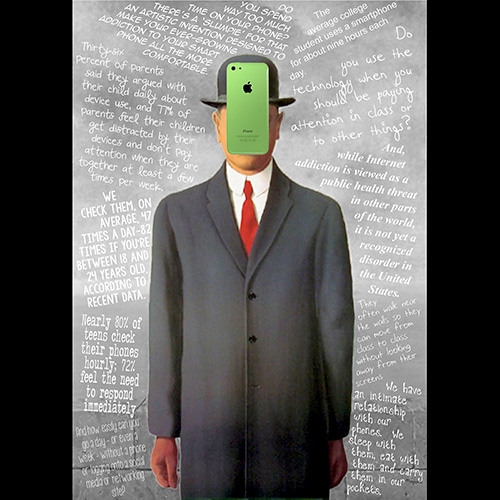
GEN 106: History of Art - 3 Credits
What essentials do artists and designers just need to know? In this online art history course, you'll build a foundation in art and the artists who created it. You'll explore profound themes that have concerned artists for centuries: nature, the human body, society, religion, and politics. Through engaging lectures and projects, you'll learn how to identify the mediums, materials, and techniques artists use and discuss the styles of important artists, art movements, and historical periods from antiquity through the mid-20th century. History of Art course syllabus

GEN 107: General Psychology - 3 Credits
An understanding of human psychology is essential for any designer. In this online psychology course, you'll build a foundation in theories of the mind. The course focuses on the biological and environmental bases for human behavior, including motivation, emotions, states of consciousness, learning, and personality. Students examine classic theories and theorists in psychology and complete research- and reflection-based projects. General Psychology course syllabus
Fourth Semester
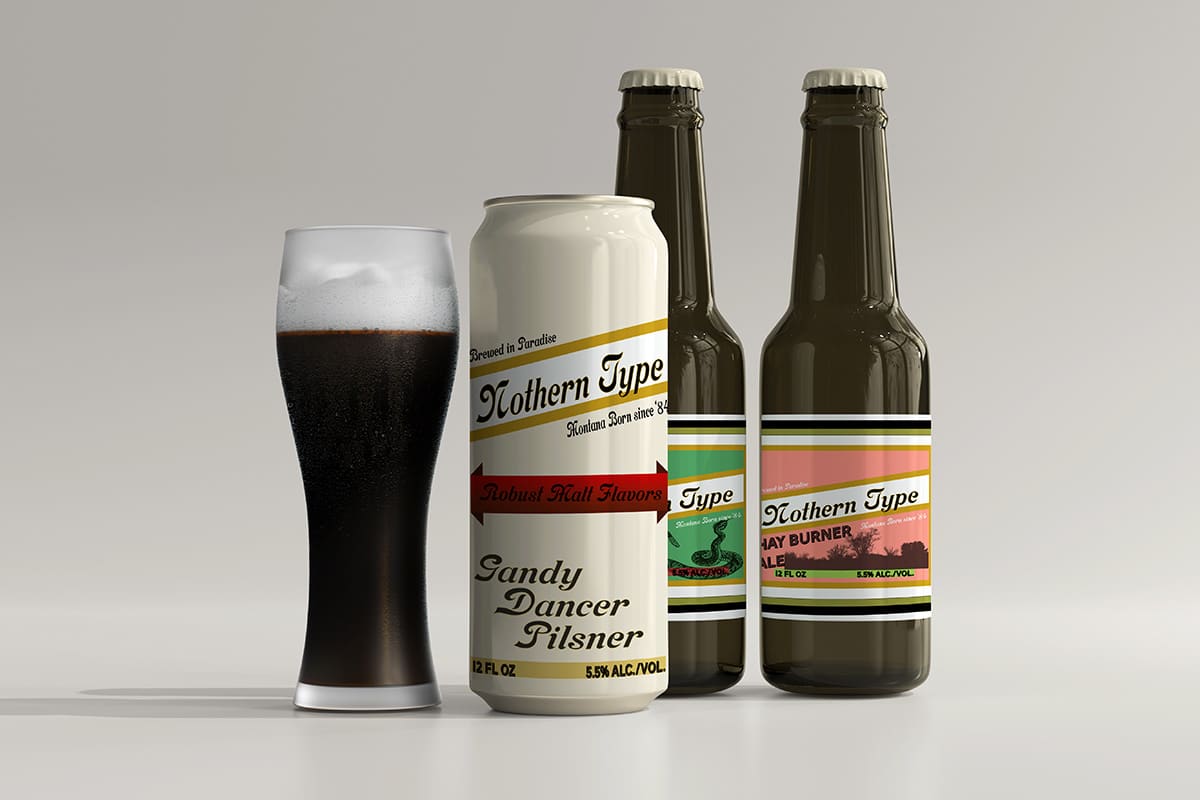
DES 211: Graphic Design I - 3 Credits
Graphic designers today must be ready to tackle a wide range of projects from identity design to editorial design to product and packaging design. In this online graphic design course, you'll establish a firm foundation for professional design work. Gain insights from industry veterans and explore the challenges of designing posters, logos, magazine covers, book layouts, 3D designs, and brand identities. Hone your design process, as you research each project, develop concepts, work with expert instructor feedback, and begin to develop pieces for your portfolio. Graphic Design I course syllabus

DES 222: Photoshop II - 3 Credits
How well do you know Adobe Photoshop, the industry-standard imaging app? In this advanced online Photoshop course you'll transcend your current skill set with vector illustration techniques, photo-realistic painting, high-impact typography, and professional editing methods that preserve the editability of your original images. Working with a Photoshop pro, you'll build proficiency with the Pen tool, Adobe Color, Smart Objects and Filters, and more. Photoshop II course syllabus
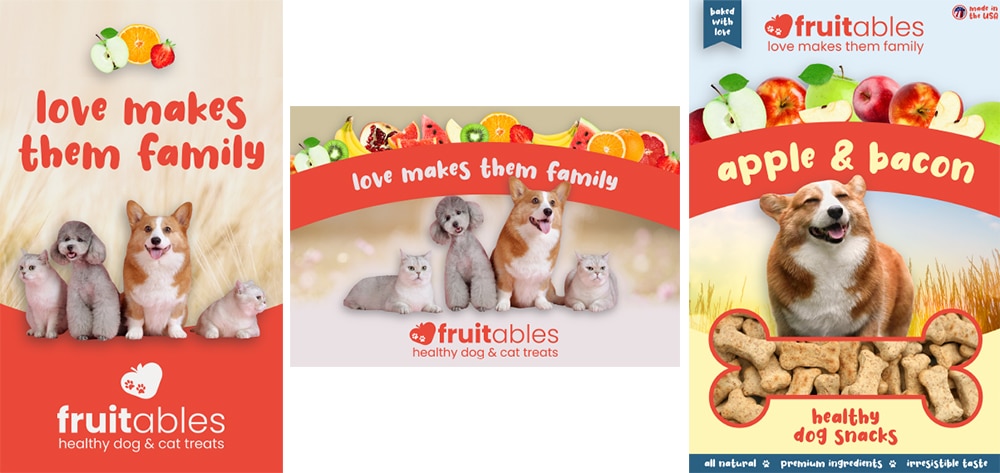
ADV 207: Creative Concept Development - 3 Credits
Where do creative concepts come from? In advertising, illustration, and design, you need to be able generate many ideas for your clients and projects. You can have all the skills in the world, but unless you can develop creative concepts, your products and content will get lost in the sea of what's out there. This online creativity course provides you a training in identifying the needs of each project, brainstorming solutions, challenging your assumptions, and testing/evaluating your ideas until you have a winner. Creative Concept Development course syllabus
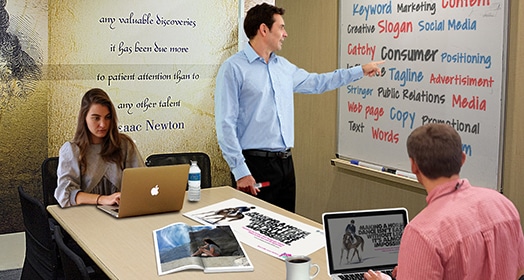
GEN 207: Copywriting - 3 Credits
Every ad designer must grasp the basics of persuasive copywriting. In this online copywriting course, students will study how text and images interact in effective ad campaigns, learning how to write and edit ad copy for print and digital advertising media and turn written ideas into visual expression. Working with a professional writer and editor, you'll hone your copywriting skills on realistic projects. Copywriting course syllabus
Fifth Semester
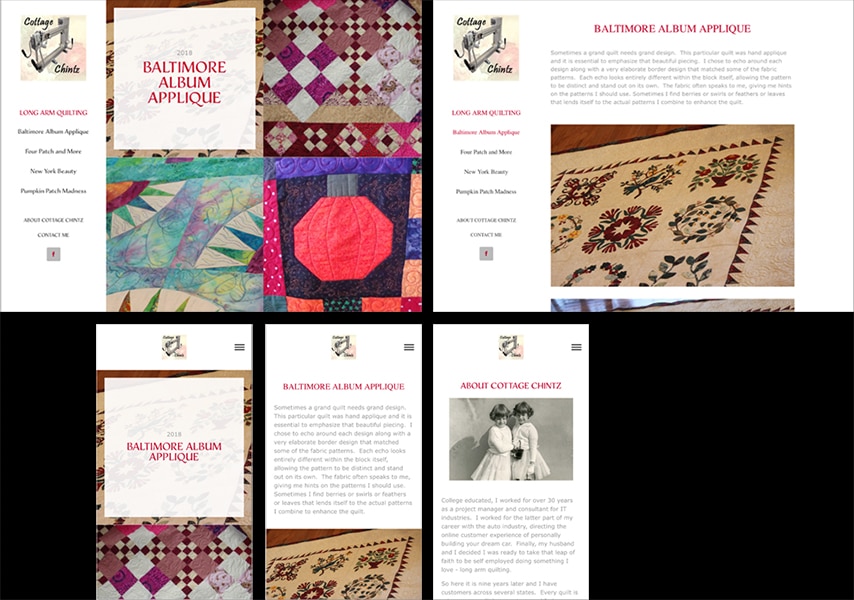
WEB 101: HTML and CSS I - 3 Credits
In order to build a Web site today, you need to know how to code using HTML and CSS. In this online HTML/CSS course, you'll learn just how fun and creative hand coding and designing Web sites can be. Working with a professional Web designer, you'll discover how to create Web pages with HTML and control page design and layout with CSS and get up to speed with current Web design practices including HTML5, semantic coding, CSS Grid, Flexbox, Web fonts, and CSS3 effects. The course will also provide an introduction to techniques used to test website accessibility. HTML and CSS I course syllabus

DES 205: Print Production - 3 Credits
For a novice designer, sending a job to the printer is a mysterious (and expensive) process of trial and error. To manage a print job effectively, you must understand how print shops work, how to communicate with them, and how to identify the best design solution for your budget. In this online print production course, you can learn the fundamentals of producing professional-looking print publications. Working with an expert instructor, you'll learn to choose papers and Pantone inks, modify your materials and processes based on a budget, use Adobe InDesign to prepare designs for print, manage the phases of the production workflow, and most importantly produce high-quality work. Print Production course syllabus
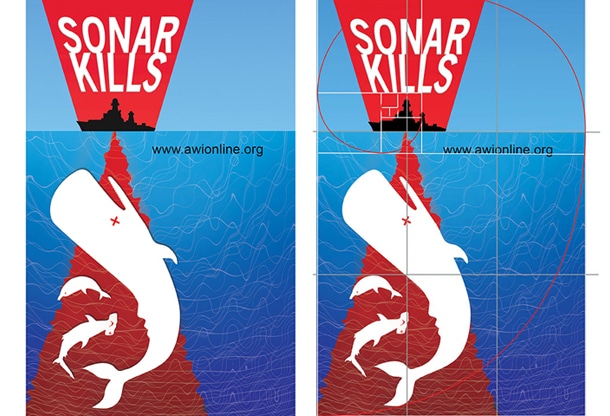
DES 212: Graphic Design II - 3 Credits
Graphic design is the art of visual communication, the visual representation of ideas or concepts. In this advanced graphic design course, you'll study the movements that shaped today's design world. Working with a professional designer, you'll discover how to conceptualize projects, reinvent clichés, distill complex information, and motivate your audience. Class assignments include postage design, annual report layout, poster and book design, an art poster, and a direct mail piece. Graphic Design II course syllabus
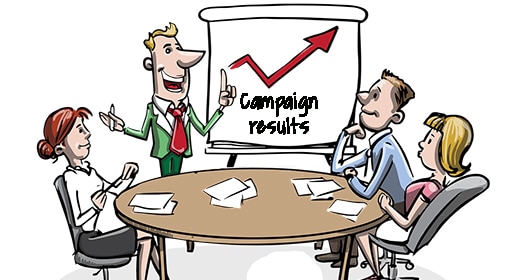
GEN 204: Intro to Marketing - 1.5 Credits
Today's business clients are looking for designers who can apply their creative talents in ways that enhance strategic business goals. In this online introductory Marketing Design course, you'll learn tried-and-true marketing concepts and explore how they affect the design process. You'll gain a solid grasp of the marketing process, understand key terms and concepts that every marketer uses, and pick up smart questions to ask in client meetings. Intro to Marketing course syllabus
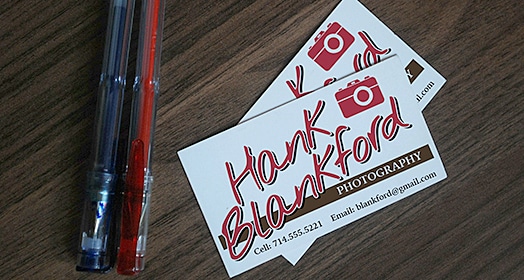
GEN 206: Creative Business - 1.5 Credits
The course provides essential preparation for finding employment opportunities in your creative industry. You will learn how to define a personal career path, break down the job market, and define their goals, talents, and ideal job. This course explores different ways to brand yourself as a professional creative, discussing tips for resume and portfolio preparation, self-promotion, marketing, client searches, responding to leads, interviewing, and presenting work and/or campaigns. Creative Business course syllabus
Sixth Semester
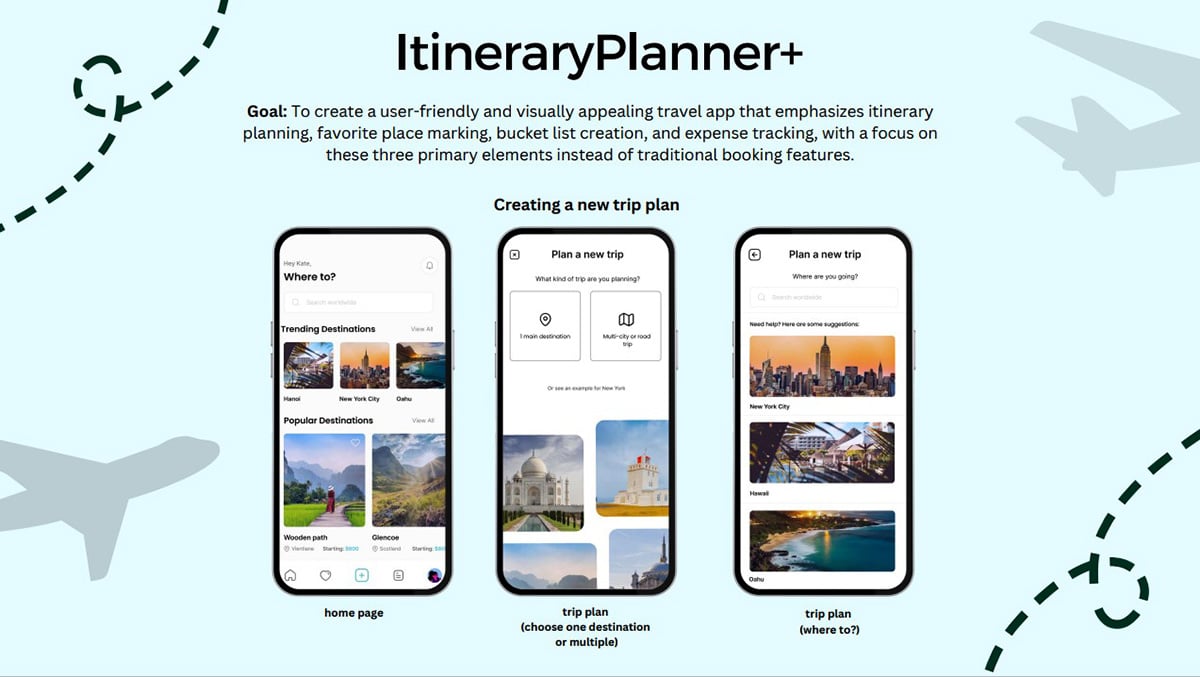
WEB 222: UX/UI Design - 3 Credits
UX/UI is a hot field in software development and web design today. Companies need designers who can rapidly prototype the interface for an app or a website, applying principles of usability and accessibility to create intuitive, engaging user experiences. In this course, you’ll work with veteran UX/UI designer Michael Hamm to learn UX/UI from the ground up. Using your favorite prototyping tool - Sketch, Invision, Adobe XD, or Figma – you will learn how create a concept for an app, and turn your sketches into live prototypes with hotspots, transitions, and slick graphics, using the iterative development process practiced in the industry. UX/UI Design course syllabus
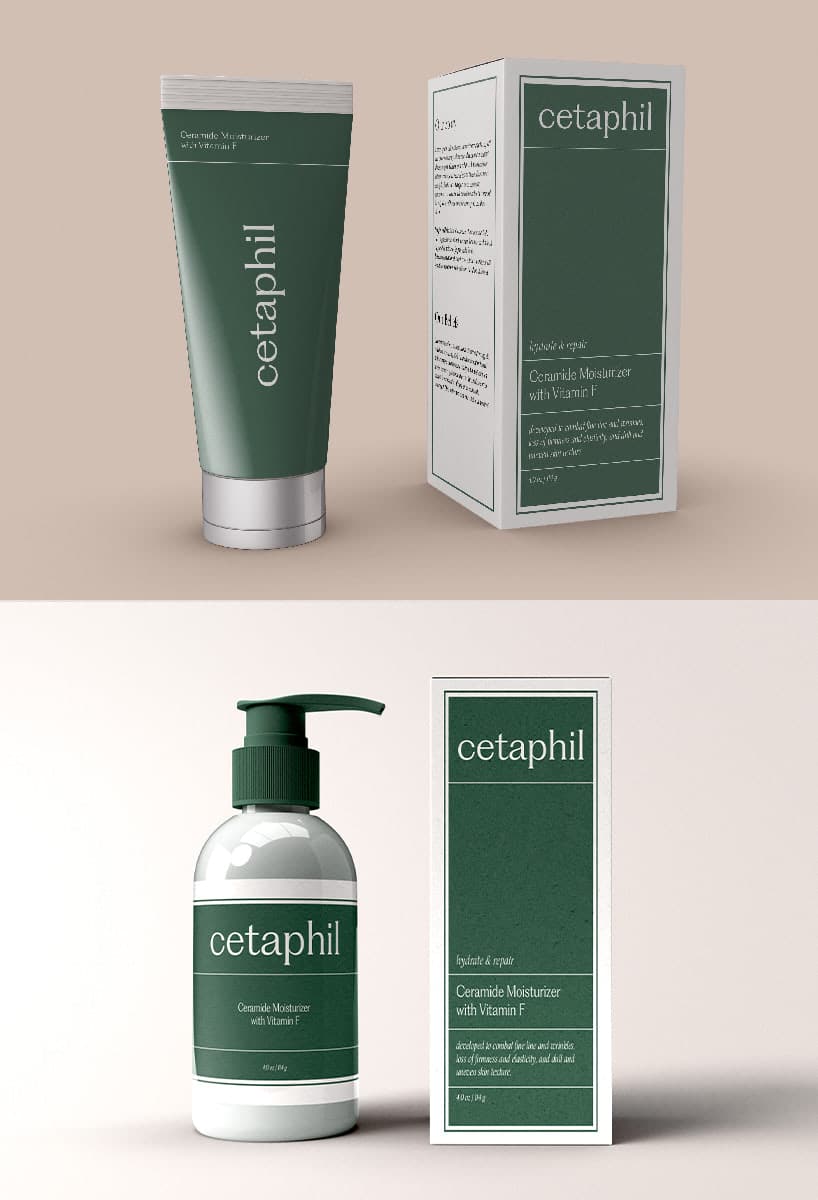
DES 208: Packaging Design - 3 Credits
What makes a product stand out on a crowded shelf? What makes it attract the eye—excite, inform, and appeal, motivating customers to buy? In this online packaging design course, you'll learn the art and craft of package design, studying with a seasoned pro. Working from detailed briefs, you'll design packages for a wide variety of projects, clients, and customers. Key course concepts will include seeing and designing in three dimensions, mass vs. prestige design, and new product launches. Portfolio projects range from pizza store boxes to champagne and fragrance cartons. Packaging Design course syllabus
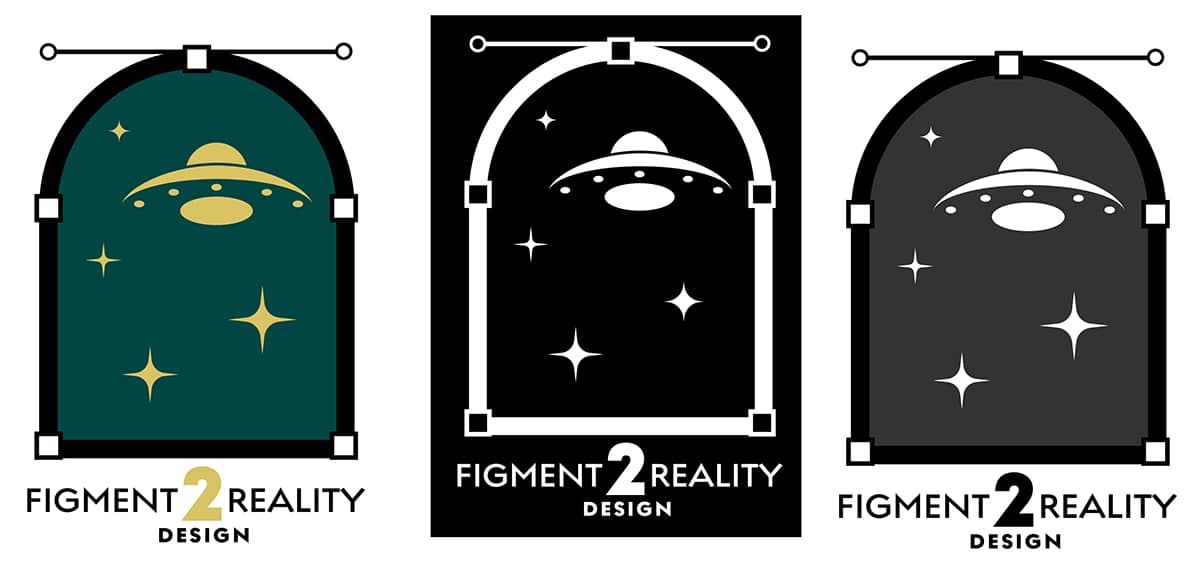
DES 232: Logo Design II - 3 Credits
In the words of the late, great Paul Rand, logos should be like flags: universal, timeless, and durable. Do you have the skills to create identities that endure? Find out, in this advanced online logo design course. Working with an expert instructor, you'll study important identity design concepts including corporate identity, image, branding, and repositioning. The focus will be on learning how to approach each stage of the logo design process, from concept to execution and client presentation. Logo Design II course syllabus

DES 260: Graphic Design Capstone & Portfolio Review - 3 Credits
The Graphic Design Capstone and Portfolio Review class offers an opportunity to develop a multifaceted portfolio piece and hone your creative work into a polished presentation for future clients and employers. The Graphic Design Capstone Project provides a simulation of an extended client design project. Students will take a project from concept to final presentation. Students work closely with the department head, interpreting a project brief, developing design elements, and designing a logo, brochure, and package design. Students participate in Portfolio Review in weeks 9-15 of the semester. This provides students the opportunity to gather and develop a portfolio of work and present it to faculty and classmates for feedback. Graphic Design Capstone & Portfolio Review course syllabus
Program Outcomes
By completing the program, Associate Degree in Graphic Design students develop the following competencies:
Art & Design Principles
Produce visually compelling work by employing art and design principles including the use of color, typography, and composition.
Technology
Create images and design layouts by effectively and efficiently using design software including Adobe Photoshop, Illustrator, and InDesign, and other industry technologies.
Research & History
Analyze, evaluate, and synthesize concepts and artistic styles, and effectively communicate concepts based upon research.
Design Process
Develop strategic and compelling designs for a variety of audiences and social contexts.
Projects
Produce and present a range of standard professional graphic design projects including graphics, posters, ads, logos, page layouts, and packaging.
Critical Thinking and Writing
Employ critical thinking to generate, support, and convey ideas through writing for academic or professional contexts
Portfolio
Apply creative problem solving and constructive feedback to conceive, produce, and present a cohesive body of work that showcases technical and creative skills to employers and potential clients.
About Sessions College
Sessions College has been inspiring creative professionals for 25 years. Accredited since 2001, we have a unique and proven approach to online education.
![]()
Accredited by Distance Education Accrediting Commission since 2001
![]()
Recognized as top design school by GDUSA
![]()
Winner of four USDLA awards for distance education
Student Work
Student Work

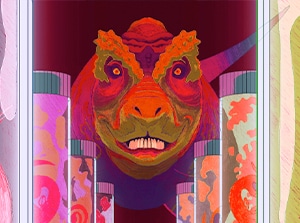

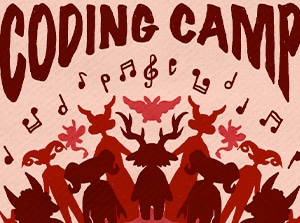

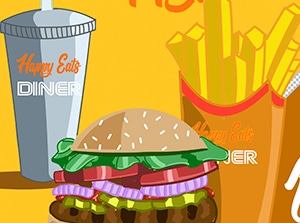



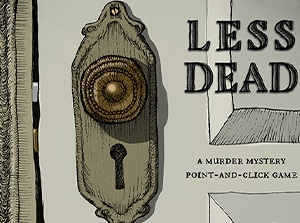


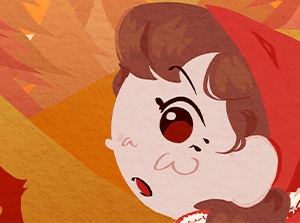

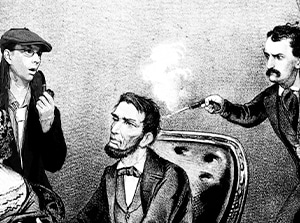
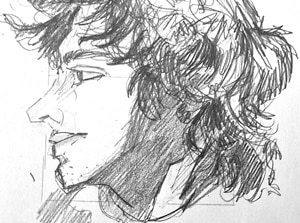



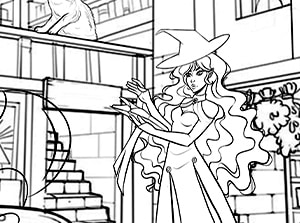
Program Benefits
Launch your Creative Career
Earn a degree and launch your creative career in our most rigorous 2-year program.
By Creatives, for Creatives
Collaborate with a community of creative learners and industry professionals.
Maximize Your Portfolio
Projects put you through your paces as you build a body of work. Your program culminates with a guided portfolio review.
Structure and Flexibility
Weekly deadlines keep you on track, but with no set login times you can build your studies around your schedule.
Education You Can Afford
Affordable programs with low per credit tuition, and financial aid available for those who qualify.
Convenient Online Application
Fast, convenient, and student-centered application process.

Career Outlook for Graphic Designers
Graphic Designers produce creative work for a myriad of industries and design for print, web, and a variety of media including television, film, and live streaming. Graphic Designers need to possess technical expertise, analytical skills, artistic ability, communication skills, creativity, time-management, and well-developed attention to detail.
Exciting Job Opportunities
Graduates could be employed as a Graphic Designer, Brand Identity Designer, Web Designer, UX/UI Designer, Production Artist, Desktop Publisher, or Digital Designer.
Median Annual Wage and Income Potential
According to the Federal Bureau of Labor Statistics the median annual wage for graphic designers was $58,910 (as of May 2023).
Median annual wages for graphic designers in top industries (in which they work):
| Specialized design services | $62,330 |
| Advertising, public relations, and related services | $56,970 |
| Publishing industries | $54,450 |
| Printing and related support activities | $44,500 |
Largest Areas of Employment
| Self-employed workers | 19% |
| Advertising, public relations, and related services | 9% |
| Specialized design services | 9% |
| Printing and related support activities | 6% |
| Publishing industries | 6% |
Job Projections and Employment Trends
Employment opportunities for graphic designers are projected to grow 3 percent from 2022 to 2032.
There are about 22,800 projected openings for graphic designers each year, on average, over the decade.
Based on Federal Bureau of Labor Statistics and Indeed Job Outlook data.
Learn More
Based on Federal Bureau of Labor Statistics and Indeed Job Outlook data.
To learn more, visit AIGA, Graphic Artists Guild, Society for Experiential Graphic Design.
Truly Affordable Education
Our tuition is:
50% lower than the average annual cost of tuition at 4-year colleges in the United States.
Significantly more affordable than other online design / digital media colleges.
So affordable that 100% of tuition costs may be covered for eligible students.* Find out today if you qualify.
* Federal student aid and military education benefits available for eligible students.

Frequently Asked Questions
Our online application process makes getting started easy, fast, and convenient.
What is the Admissions Process?
To enter the program you are expected to have earned a high school diploma, GED, or state-approved home school equivalent. Any students under 18 years of age will also need to provide the signed permission of a parent or guardian.
We have a convenient and student-friendly online application process. Simply complete our program application form and provide transcripts, an application essay, and 5-10 samples or art/design work or alternative written assignment, and a $75 application fee. See our complete application guide and credit transfer policy.
Applications are reviewed by our Acceptance Committee and generally returned within a business week.
You can begin your creative journey by completing our online application today. There is no charge until you submit your application materials and no obligation to enroll.
How Long is the Program?
The Associate of Occupational Studies (AOS) program is a 72 credit program completed in six semesters or two years by a student on a full-time schedule. Students with transfer credit can graduate in under two years and part-time schedules are available.
Will the Program Fit My Schedule?
Fully Online and Asynchronous. Our programs are fully online and asynchronous, allowing you to fit learning into your life. We provide weekly deadlines to keep you on track, but there are no mandatory login times and our learning platform is available 24 hours a day.
Is the Tuition Affordable?
Truly Affordable Tuition. Since our founding in 1997, we have been committed to making the highest-quality design and digital media education available at the lowest cost.
Our truly affordable tuition is:
| Associate of Occupational Studies (AOS) Program - Fall 2024 Tuition |
|---|
| $300 per credit |
| $3,600 per semester |
| $7,200 per academic year |
| $21,600 total program tuition |
Per-credit tuition is the same full-time and part-time students. Federal financial aid available for eligible students. Ask about our $500-$3,000 scholarships for exemplary applicants.
A $200 registration fee is required to process your enrollment in the program. Registration fees are nonrefundable after 5 days from the scheduled beginning of program orientation. See Degree Program Admissions.
Is Financial Aid Available?
Federal Student Aid. Federal student aid is available to students who qualify. If you are eligible, you may be able to fund your program using Pell Grants and Federal student loans. Check out our Financial Aid Information pages and ask to set up an interview with our Financial Aid Director.
Military Student Aid. Military servicemembers and their families who are eligible for GI Bill Education Benefits or active service member Tuition Assistance (TA) may also be able to utilize these programs to pay for their education.
Creative Learner Scholarships. Ask about our innovative scholarships for adult learners. The Creative Learner Scholarship Program can help you offset your tuition costs.
What Software or Supplies Do I Need?
To take this program, you’ll need the following:
- Mac or Windows computer with an Internet connection.
- Adobe Photoshop, Illustrator, and InDesign Creative Cloud software.
- Your computer must meet software manufacturer requirements.
- Basic drawing supplies including pencils, charcoal, and sketch paper.
- Digital camera that offers manual control over aperture, shutter speed, ISO and white balance.
- MS word or equivalent application.
- Webcam, headphones or speaker, VPN connection, and microphone connected to the computer for live proctored exams.
There are no textbook or course material costs to participate in this online program. Student discount on Adobe Creative Cloud software is available to enrolled students.
What are the Deadlines to Enroll?
Here are relevant deadlines to be admitted for next term.
 Next Class:
April 28
Next Class:
April 28 Priority Deadline:
February 24
Priority Deadline:
February 24
 Final Deadline:
March 31
Final Deadline:
March 31
 End Registration:
April 14
End Registration:
April 14
Get Started Today
Take the first step on a rewarding creative journey towards earning an Associate Degree in Graphic Design.
By submitting this form, you consent to an Admissions Advisor contacting you about our educational programs via email, phone, or SMS text. Message & data rates may apply. You can opt out or unsubscribe at any time. Privacy Policy.























